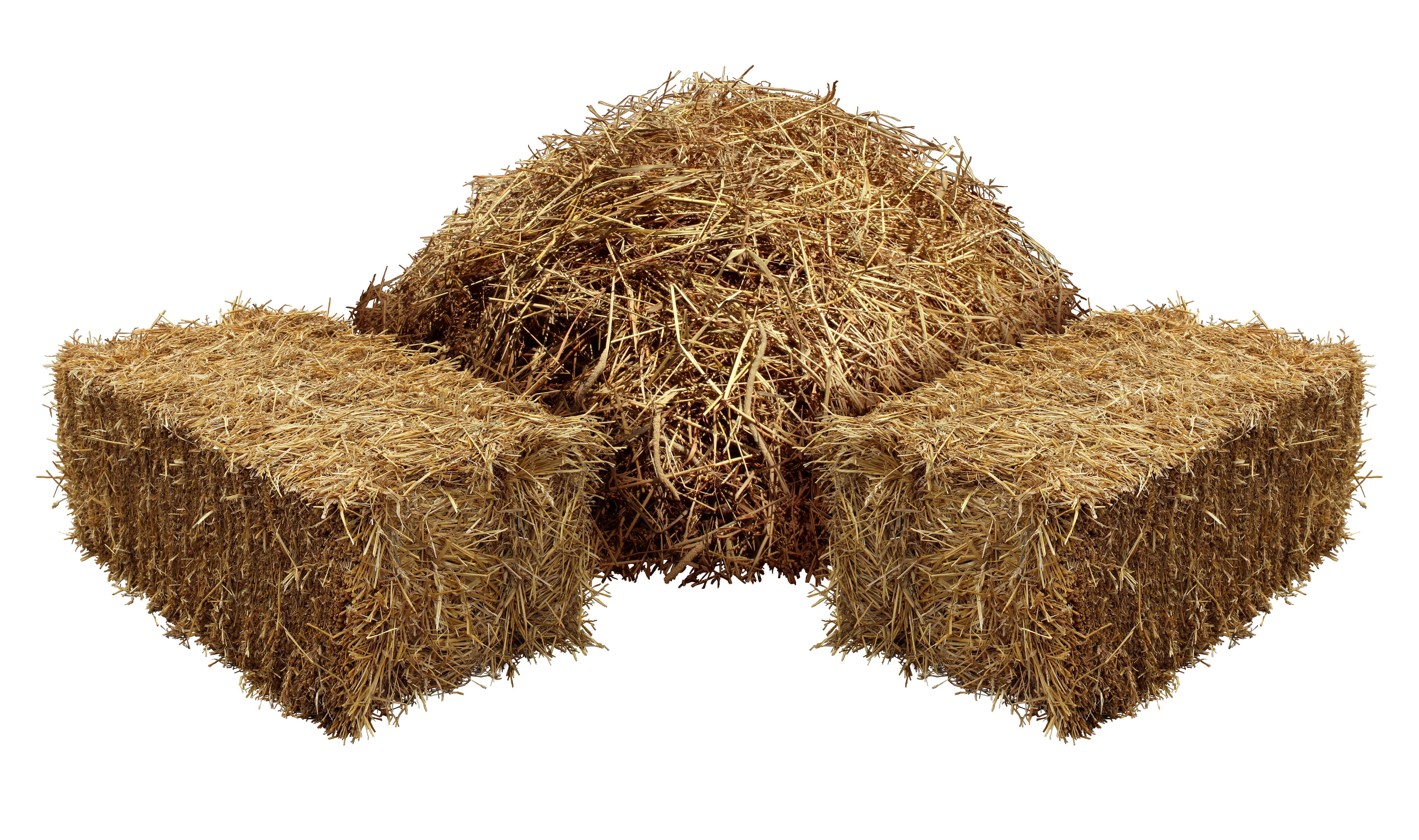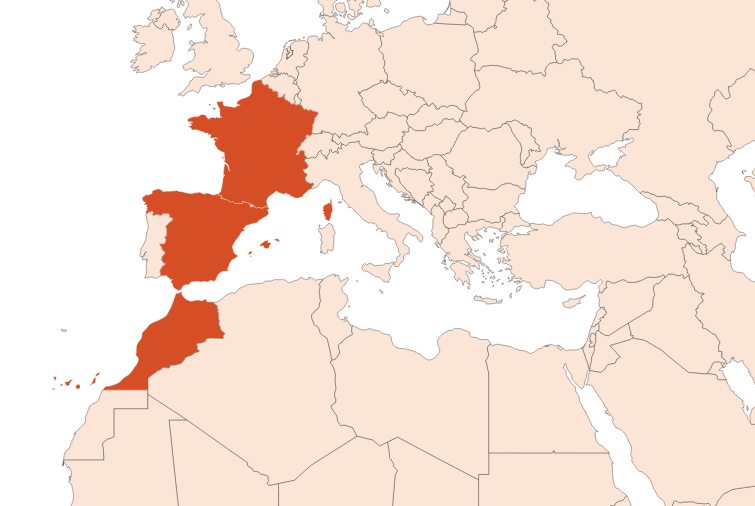
| Company | Ingredient Name | ID | Comments | Naturality | Certifications | Purity | Latin name | Treated part | Geographical origin | MOQ |
|---|---|---|---|---|---|---|---|---|---|---|
|
|
Foin Absolue - 30gr | - |
Visit website
|
- | - | - | - | - | - | |
|
|
HAY Absolute | M_0040035 |
Visit website
|
Naturel | - | - | - | - | - | |
|
|
FOIN | P00548513000 |
Visit website
|
Absolue | - | Hay (various species) | Foin | France | - |
General Presentation
-
CAS N° : 8031-00-3
-
EINECS number : 90063-63-1
-
FEMA number : Donnée indisponible.
-
Appearance : Viscous green liquid
-
Density :
-
Volatility : Base
-
Price Range : €€€€€
Physico-chemical properties
-
Optical rotation : Donnée indisponible
-
Vapor pressure : Donnée indisponible
-
Refractive Index @20°C : Donnée indisponible
-
Acid Value :
-
Flash Point :
Uses
Uses in perfumery :
Used in luxury perfumery for chypre, fougere, amber, tobacco and for a long-lasting aromatic note.
Major Components :
- Coumarin (≈8%)

Photo credits: ScenTree SAS
Botanical name :
Lolium perenne L.
Synonyms : Festuca perennis (L.) Columbus & J.P.Sm. // Hordeum compressum Boiss. & Orph
Botanical profile :
Hay, or English rey-grass, is a plant of the Poaceae family and the genus Lolium.
Chemotypes :
Several hay species are part of the genus Lolium. In contrast, only Lolium perenne is grown and extracted in perfumery.
Lolium multiflorum or Italian hay, botanically close to Lolium perennel.
Lolium rigidum, close to Italian hay.
Lolium persicum or Persian hay.
Lolium temulentum or darnel.
Extraction process :
The plants that constitutes hay are deliberately planted for their growth and dried in the sun. Large areas of culture are needed as these plants are invasive. The cultivation of hay is made by vehicles like tractors or with a scythe, once the herbs are dried.
Hay absolute is obtained by macerating the hay in hexane in order to obtain a concrete of hay. After removing the plants from the extractor and evaporating the hexane, the concrete is collected and the hexane recycled. The concrete is diluted in alcohol and glazed at 32 °F. After evaporation of the solvent, the absolute is obtained.
Sometimes the hay absolute can be distilled to be bleached, without a great olfactory impact.
Other comments :
Hay is a mixture of sun-dried plants : mainly sweet vernal grass, sweet-scented bedstraw and liatrix among others. The drying allows to evaporate the smell molecules of the most volatile plants and allows to keep the heavier molecules only.
The presence of liatrix in particular contributes to the high rate of coumarin of this absolute (about 15%). These characteristics of culture explain its good tenacity.
Stability :
Solubility issues in perfumes
Stable oil in perfumes and in diverse functional bases
Regulations & IFRA
Allergens :
IFRA 51th :
This ingredient is restricted by the 51th amendment
Annexe I :
Some regulated synthetic ingredients are found in nature and in certain proportions in natural ingredients. This presence in nature has to be taken into account when calculating limits of use recommended by the IFRA. In case you do not know these concentrations, you can use the ones estimated by the IFRA. Here they are :
| List of regulated compounds contained in this ingredient | ||
|---|---|---|
| Regulated ingredient name | CAS N° | Estimated Concentration |
| Coumarin | 91-64-5 | 8 |

